Even though BLM emerged initially as a social media response to events such as George Zimmerman’s acquittal in the shooting death of Trayvon Martin, it soon morphed into a movement and now exists as an organized movement with a comprehensive philosophy of society and a specific political platform.
In spite of generous media coverage, many Americans do not understand the movement. In addition to basic questions about its core principles and mission, readers ask a number of other questions related to BLM. Here are a few of the questions my readers frequently ask:
Does BLM really contend that most police officers are racist?
BLM was birthed in the wake of Trayvon Martin’s death, and continued to grow in the wake of Eric Garner’s and Michael Brown’s deaths. From the beginning, BLM has contended that American law enforcement institutions are systemically corrupted, being especially predisposed toward violence against black individuals. They do not contend that every police officer is personally prejudiced, but that, on the whole, law enforcement institutions “stack the decks” against black communities and especially against black men.
What is BLM’s view of justice?
BLM has a holistic view of justice. Instead of limiting itself by addressing specific instances of racial injustice, BLM views race as one aspect of a multi-faceted tangle of American injustice, inequality, and oppression. Instead of addressing a single grievance, it wants to address a panoply of grievances, seeing them as gateways to the systemic ills underlying our society. This concern can be seen in the initial protests surrounding the police-related deaths of Michael Brown, Eric Garner, and others. BLM protested these specific instances in order to make the larger point that they believe American law enforcement is unjustly tilted against black men, which in turn allows them to say that many of America’s cultural institutions put black communities at a disadvantage, which then paves the way for them to argue that America’s cultural institutions are oppressive, not just toward black communities but toward many marginalized groups.
What is “intersectionality” and how does it relate to BLM?
BLM engages in a type of identity politics that shares some things in common with an academic theory known as “intersectionality.”
“Intersectionality” is a term coined by civil rights advocate Kimberlé Williams Crenshaw in 1989. Crenshaw wanted to make the point that a person’s true identity is multi-layered. A person actually has multiple identities that overlap and intersect in order to create a holistic identity that is greater than, and different from, the component identities of gender, race, social and economic class, nationality, sexual orientation, age, religion, disability, or illness. Intersectionality focuses on the way a person’s identities coalesce to cause a matrix of domination and oppression.
For example, a black man experiences oppression for being black, but a gay black woman experiences a multi-layered oppression stemming from her gayness, her blackness, and her femininity.
It is not difficult, therefore, to see the overlap between intersectionality and BLM. One of BLM’s founders, Alicia Garza, identifies herself as queer and is married to Malachi Garza who is a biracial person identifying as male. Patrisse Cullors, similarly, is a black woman who identifies as queer. Garza, Cullors, and the BLM movement as a whole view racial injustice as only one factor in a much broader agenda for social revolution.
What is “identity politics” and how does it relate to BLM?
Identity politics is a political process that brings people together based on a shared aspect of their identity. In some ways, BLM fits the “identity” politics mold in that it argues that “black” lives matter, and that “LGBTQ” lives matter. But from another angle, BLM’s intersectionality can be seen as conflicting with its identity politics because identity politics tends to focus on only one aspect of a person’s identity rather than that person’s holistic identity.
What is BLM’s relationship to the Civil Rights Movement?
BLM shares a few things in common with the Civil Rights Movement (CRM); it dramatizes injustice through protests, seeks the reversal of injustice against black individuals and communities, and seeks a middle road between social passivity, on the one hand, and violent militancy, on the other hand.
But BLM is different from CRM in significant ways. As Mika Edmonson noted in a speech entitled, “Is Black Lives Matter the New Civil Rights Movement?” there are at least four major differences:
- Roots, Foundation, and Ultimate Aims: the CRM grew out of the black church and was underpinned by a biblical anthropology. Black Lives Matter self-consciously distinguishes itself in this regard as “not-your-grandparents’ Civil Rights Movement.” It did not originate in the black church and has no roots in its theology.
- Leadership Structure: whereas the CRM was highly centralized with decidedly-male leadership, BLM is highly decentralized with predominantly female leadership.
- Organizing Cases: whereas CRM highlighted “perfect victim” cases which could tip social climates in the favor of their movement (think Rosa Parks, an elderly and vulnerable female, refusing to give up her seat on a bus), BLM movement organizes around cases that are less clearly-defined.
- LGBTQ Priorities: BLM makes LGBTQ issues central to its platform and ideology, whereas the CRM did not.
Does BLM encourage violence?
BLM’s founders—Alicia Garza, Patrisse Cullors, Opal Tometi—discourage the use of violence. The Movement for Black Lives website lists “loving engagement” as one of its guiding principles, declaring that BLM is “committed to embodying and practicing justice, liberation, and peace in our engagements with one another.” As best I can tell, most BLM activists reject violence in favor of nonviolent direct action.
Yet, a portion of BLM’s activists think violence is justified. DeRay Mckesson, one of BLM’s highest-profile supporters, participated in the Ferguson Unrest of July 2016, which reportedly resulted in over $4.6 million in damage to private property as well as injuries to numerous police officers. BLM protests captured on video show protesters throwing rocks and fireworks at police, and protesters can be heard cheering when police officers were injured or attacked. Mckesson has refused to explicitly condemn violent protest, has spoken highly of Willie Osterweil’s essay “In Defense of Looting,” and has voiced support for a convicted murderer and escaped terrorist who is being harbored by Cuba.
Additionally, at least two men claim BLM as the motivation for killing law enforcement officers. Micah Johnson, who killed five police Dallas officers and wounded many more at a July 7, 2016 BLM protest, told hostage negotiators that he was angry on behalf of BLM and that he wanted to kill white people, especially police officers. In 2015 Joseph Thomas Johnson-Shanks, a BLM activist who protested Michael Brown’s death and posted hateful content against police officers on social media, shot and killed a Kentucky State Trooper during a routine traffic stop.
Although a minority of BLM’s activists support violence, and although some violent individuals point to BLM as the inspiration for killing law enforcement officers, BLM’s core leadership and a majority of its supporters support nonviolent direct action.
[Note: The current post is the fifth installment in a six-part series on the #BlackLivesMatter movement, including an introduction, a brief history of BLM, a summary of BLM ideology, a portrait of 6 BLM leaders, a response to FAQs about BLM, and an evangelical evaluation of BLM.]
Subscribe
Never miss a post! Have all new posts delivered straight to your inbox.

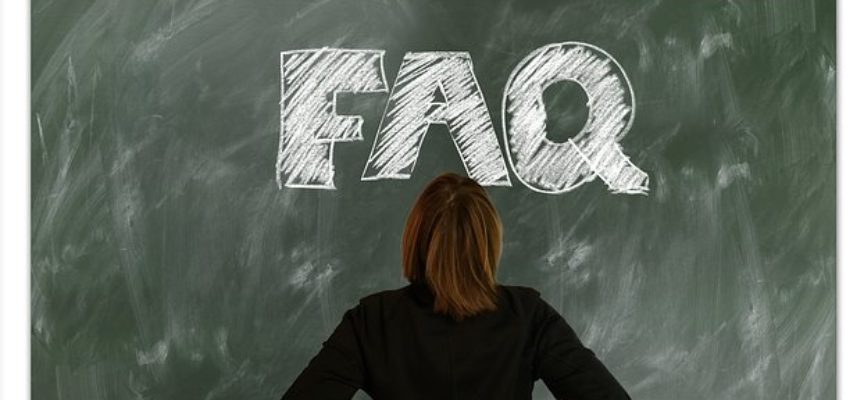
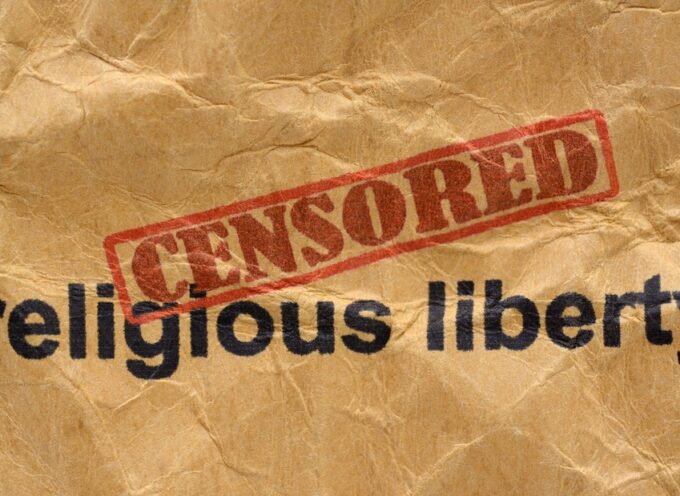
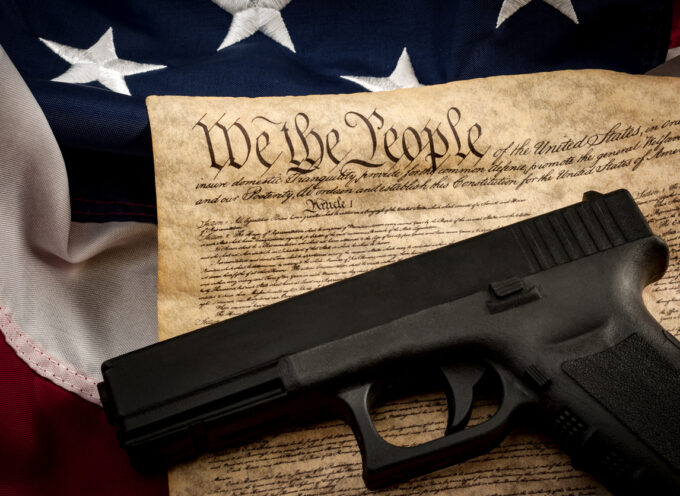
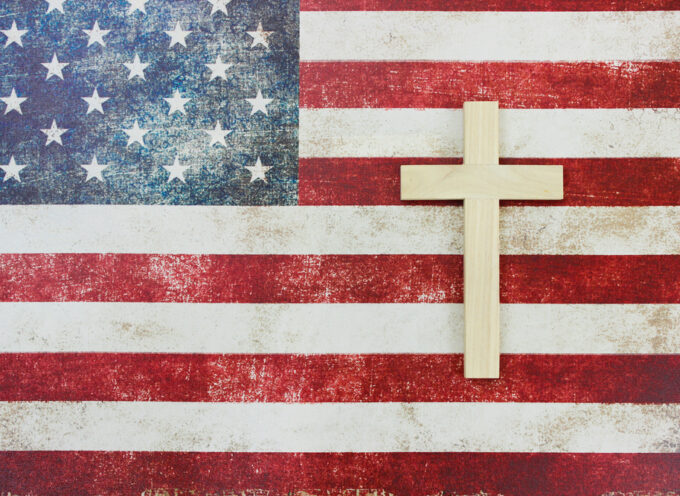
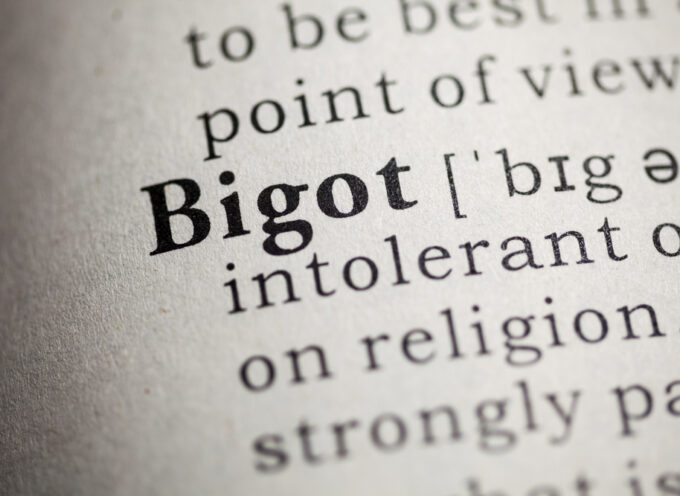
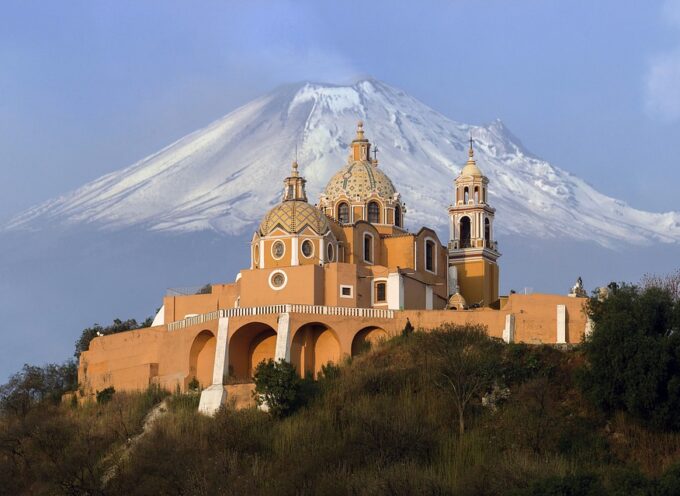
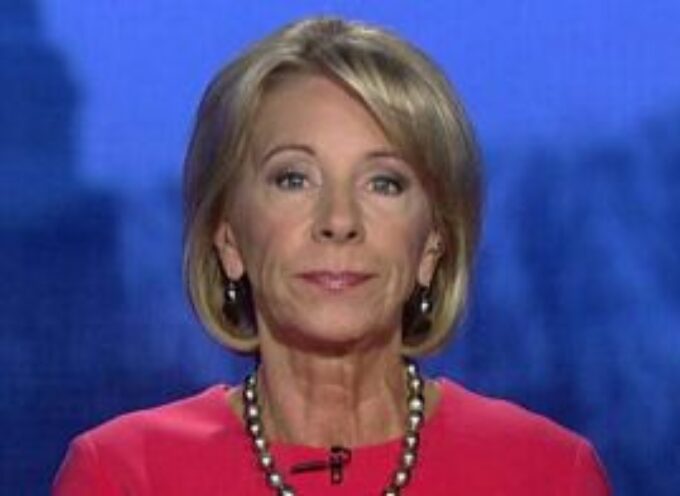
June 5,2020
My name is omer jibril
I’m From Somalia Ethiopia region
I’m Muslim
I immigrant June 1989 to Toronto,on,Canada
Finally I came Canadian citizen Feb 1995
Let me put this way about racism
Racism like disease, like bad habit, go back 500 years ago how look like racism
European what they done to African Asia and first nation peoples.
European, Norht American, should pay compensation
Discrimination start at daycare kindergarten up university at workplace
The system is so deep so secret. also not all white peoples racism.
Also racism not only focused skin colour, religion,culture so on
I have lot experience at workplace I’m Muslim I’m back and non Muslim back peoples so much guessed me more then white peoples
Back home when I’m 8 years old I sitting near fire place the time evening it is cold
Then I slept my hand dropped in to fire and burned then morning my father took to Medical center in Ethiopia then not help me they say no chance no good go
From here !that place called ejersa goro the king Haile Selassie born those Amharic
Peoples you know Amharic peoples back racism ! if you remember king Haile Selassie share in 1885 European leaders met at the infamous Berlin Conference to divide Africa so Ethiopia join European divide Africa and English gave ogden to Ethiopia 1948 also from sudan gave to ethiopia those Benishangulgumaz and Gambela and not allowed Muslim come leaders in Ethiopia so Discrimination
Any government like team they share system and they know what they doing
When my hand burn how help me Germany peoples in Ethiopia if Germany peoples
not here I’m die so racism not just white peoples, to fight racism not easy but never
gave up for your right
What do I say to an older conservative republican woman? She is a good person! She is kind and helpful. She is loving with her students and She ramais neutral when teaching them. She’s been brutally mugged by a black man on her early twenties. she was walking at night to get to her 3rd job of the day so she could afford to finish school. I heard she say today:
“ I think this(#blacklivesmatter) is all so political, they just make it all about politics”.
I was raised to love and respect all human beings. I don’t understand it! all lives matter! so the police lives doesn’t matter, white folks lives doesn’t matter? Imagine if we say, all #asianlivesmatter!? We might would’ve gone to jail for that!”
Imagine, they saying about dismantling whole police departments! That’s too much!
How can I person change they point of view? It didn’t look like she even understood what I said about
Please help me! What do I say to her!?